
When it comes to choosing a feline companion, size really does matter—especially if you’re looking for a cat that’s not just big in stature but also big in personality. Some big cat breeds can make wonderful additions to any home, providing the perfect balance of companionship and playfulness. Whether you’re drawn to the towering Maine Coon or the plush and loving Ragdoll, large cats bring a unique charm that’s hard to resist.
In this guide, we’ll introduce you to the top 12 large cat breeds that are perfect for your home. Whether you’re a seasoned cat owner or considering bringing a cat into your life for the first time, these big cats are sure to capture your heart. Let’s dive in and discover which of these gentle giants might be the right match for you!
1. Maine Coon

The Maine Coon is often referred to as the “gentle giant” of the cat world, and for good reason. Despite their size, Maine Coons are known for their friendly and sociable nature. These cats are one of the largest domestic breeds. They’re great with kids and other pets, making them a perfect family companion. Their long, shaggy coat is both beautiful and functional, providing insulation during cold weather. However, it does require regular grooming to prevent matting.
Weight: 13 - 18 pounds, some even reaching up to 25 pounds.
2. Ragdoll

Ragdolls are large, plush cats that get their name from their tendency to go limp when picked up. These cats are incredibly affectionate and are often described as “puppy-like” due to their tendency to follow their owners around the house. Ragdolls have striking blue eyes and a semi-long coat that, while less prone to matting than a Maine Coon’s, still needs regular brushing. They are known for their calm demeanor and are a great choice for families with children or other pets.
Weight: 15 - 20 pounds.
3. Bengal
The Bengal cat is known for its wild appearance, with a sleek, muscular body and a coat covered in bold spots and rosettes, similar to a leopard. Bengals are medium to large cats. They are incredibly active and playful, often described as a breed that “never grows up.” Bengals require a lot of interaction and mental stimulation, making them a good fit for households that can provide plenty of attention and playtime. They are also known for their love of water, so don’t be surprised if your Bengal decides to join you in the shower!
Weight: 10 - 15 pounds.
4. Norwegian Forest Cat

The Norwegian Forest Cat is a natural breed known for its thick, water-resistant coat and tufted ears, which help it withstand harsh climates. These cats are large and sturdy. Despite their wild appearance, Norwegian Forest Cats are friendly and affectionate, though they may be a bit reserved around strangers. They are active and playful, enjoying climbing and exploring their surroundings. Their long coat requires regular grooming to keep it free of tangles and mats.
Weight: 13 - 20 pounds.
5. Siberian Cat

The Siberian Cat is another large, natural breed that hails from the forests of Russia. Siberians are known for their thick, triple-layered coat, which helps them survive in cold climates. They are highly affectionate and get along well with children and other pets. Siberians are also known for their hypoallergenic qualities, making them a good option for people with allergies. Regular grooming is needed to manage their dense coat, but their loving nature makes it well worth the effort.
Weight: 15 - 20 pounds.
6. Savannah Cat

The Savannah Cat is a striking breed that’s a cross between a domestic cat and a serval, a wild African cat. Savannahs are known for their exotic appearance, with long legs, large ears, and a spotted coat that resembles a wild cat. They are incredibly active and need plenty of space and stimulation. Savannahs are highly intelligent and can be trained to walk on a leash or play fetch, but they require an experienced owner who understands their unique needs.
Weight: 12 - 25 pounds.
7. Chartreux

The Chartreux is a muscular and solidly built cat with a dense, water-resistant coat that’s typically blue-gray in color. Chartreux cats are known for their quiet, gentle nature and their striking orange or copper eyes. They are affectionate with their families but tend to be reserved around strangers. This breed is low-maintenance when it comes to grooming, as their short coat doesn’t mat easily. The Chartreux is an excellent choice for a quiet household that appreciates a calm, loyal companion.
Weight: 12 - 16 pounds.
8. Scottish Fold

Scottish Folds are easily recognized by their distinctive folded ears, which give them a unique and endearing look. These cats are medium to large in size, with males typically weighing between 9 and 13 pounds, but they can appear larger due to their stocky build. Scottish Folds are affectionate, friendly, and get along well with children and other pets. They are adaptable and can fit into almost any living situation, from small apartments to large homes. Their short coat is easy to care for, requiring minimal grooming.
Weight: 9 and 13 pounds.
9. British Shorthair

The British Shorthair is a robust and muscular breed with a dense, plush coat that gives them a teddy bear-like appearance. Known for their round faces, large eyes, and stocky build, British Shorthairs are calm and easygoing cats. They are independent but enjoy spending time with their families. These cats are relatively low-maintenance, with a short coat that requires minimal grooming, making them ideal for busy households.
Weight: 12 - 17 pounds.
10. Turkish Van

The Turkish Van is a large, semi-longhaired cat known for its love of water. These cats have a distinctive coat pattern, with color restricted to the head and tail, while the rest of their body remains white. Turkish Vans are active and playful, often described as “dog-like” due to their loyalty and affection for their owners. They are intelligent and enjoy interactive play, making them great companions for active households. Their coat is relatively low-maintenance, as it is soft and silky, without the tendency to mat.
Weight: 12 - 18 pounds.
11. American Bobtail

The American Bobtail is a stocky, medium to large cat with a distinctive “bobbed” tail that’s about one-third the length of a normal cat’s tail. American Bobtails are known for their friendly and outgoing personalities. They are highly adaptable and do well in various living situations, including homes with children and other pets. Their coat can be short or long and requires regular brushing to keep it looking its best. American Bobtails are also known for their love of play and can even be trained to walk on a leash.
Weight: 12- 16 pounds.
12. Exotic Shorthair

The Exotic Shorthair is a breed that’s often described as a “Persian in pajamas” due to its plush coat and round face. Exotic Shorthairs have a calm and affectionate personality, making them excellent companions for those who want a relaxed and loving pet. Their short coat is easy to care for, requiring minimal grooming compared to their long-haired Persian cousins. Exotics are known for their quiet nature and enjoy lounging around the house, making them perfect for apartment living.
Weight: 10 - 15 pounds.
These 12 big cat breeds offer a variety of personalities, appearances, and care needs, ensuring there’s a big cat out there for everyone. Whether you’re looking for an affectionate lap cat, an active playmate, or a striking showpiece, these breeds bring size, beauty, and companionship to any home.
Care Tips for Large Cat Breeds
Owning a large cat breed comes with unique responsibilities and considerations to ensure your feline friend stays healthy, happy, and comfortable. From providing adequate space to choosing the right litter box, here are essential care tips to keep your big cat thriving.
1. Provide Plenty of Space:
Large cat breeds need ample space to stretch, climb, and explore. Ensure your home has enough vertical and horizontal space with cat trees or perches to keep them active and entertained.
2. Prioritize a Balanced Diet:
Feed your large cat a high-quality, protein-rich diet in appropriate portions to maintain a healthy weight and support their energy needs.
3. Regular Grooming:
Regular brushing is essential for long-haired large breeds to prevent mats and tangles, while short-haired breeds benefit from routine grooming to reduce shedding and maintain skin health.
4. Ensure Proper Exercise:
Large cats need regular exercise to stay healthy and prevent obesity. Engage them in interactive play with toys that encourage running, jumping, and pouncing.
5. Choose the Right Litter Box:
Select a spacious litter box like the Neakasa M1 self-cleaning litter box, which accommodates large cats comfortably and keeps the litter box clean with minimal effort.
6. Regular Health Check-ups:
Large cat breeds require regular veterinary check-ups to monitor for size-related health issues like joint problems or heart conditions, ensuring early detection and preventive care.
Conclusion
Big domestic cats bring a unique combination of size, beauty, and personality into any home. Their larger-than-life presence comes with unique care needs, but the rewards of owning a large domestic cat are well worth the effort.
When choosing a big house cat, it’s important to consider your living space, their specific care requirements, and how their personality will fit into your daily life. Large cat breeds often need a bit more space, regular grooming, and plenty of interaction, but in return, they offer loyalty, affection, and a charming presence that’s hard to resist.
If you’re ready to welcome a large cat into your home, take the time to research each breed and consider visiting a shelter or breeder to meet them in person. The right big cat could be just the addition your home needs, bringing joy, companionship, and a little extra “wow” factor to your everyday life.


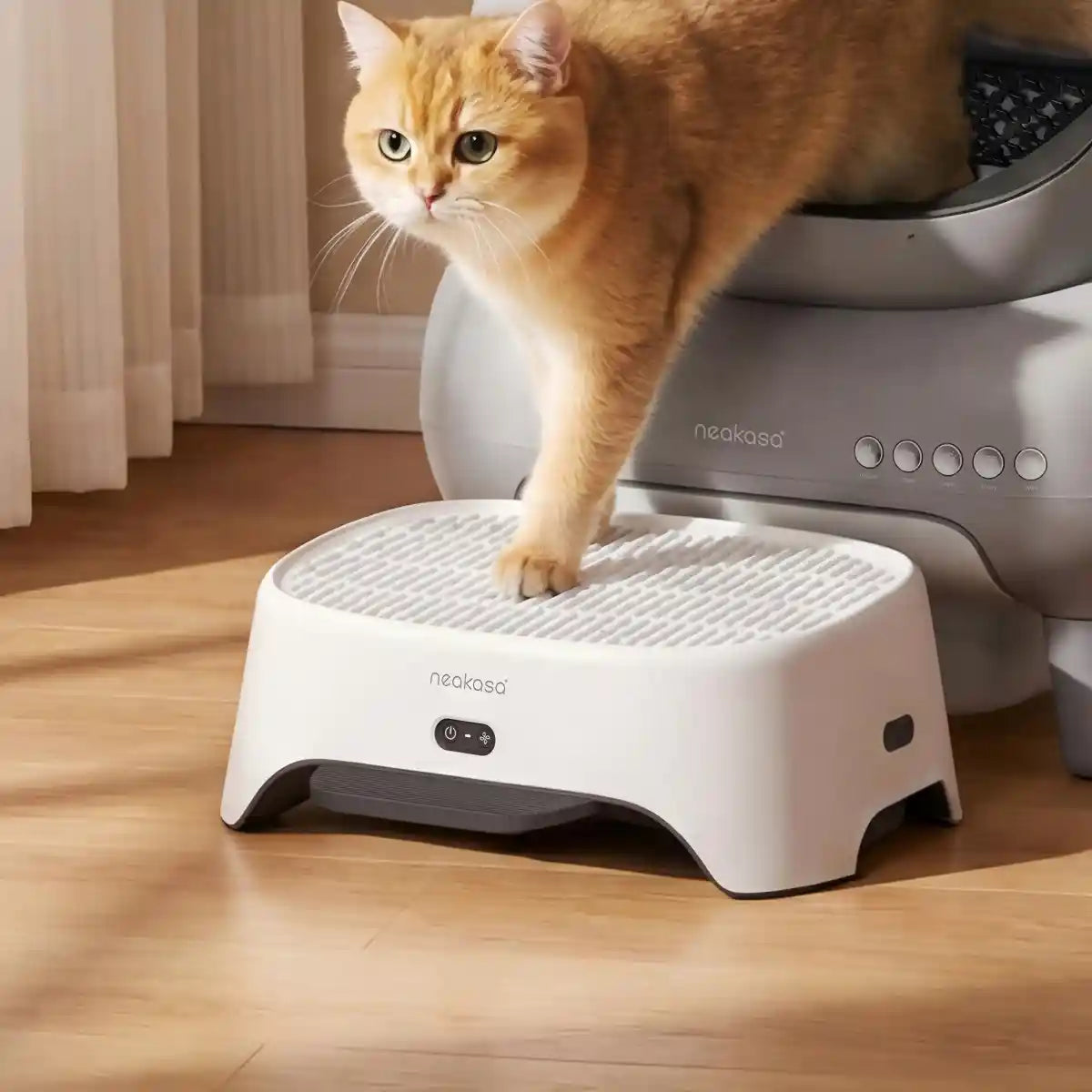
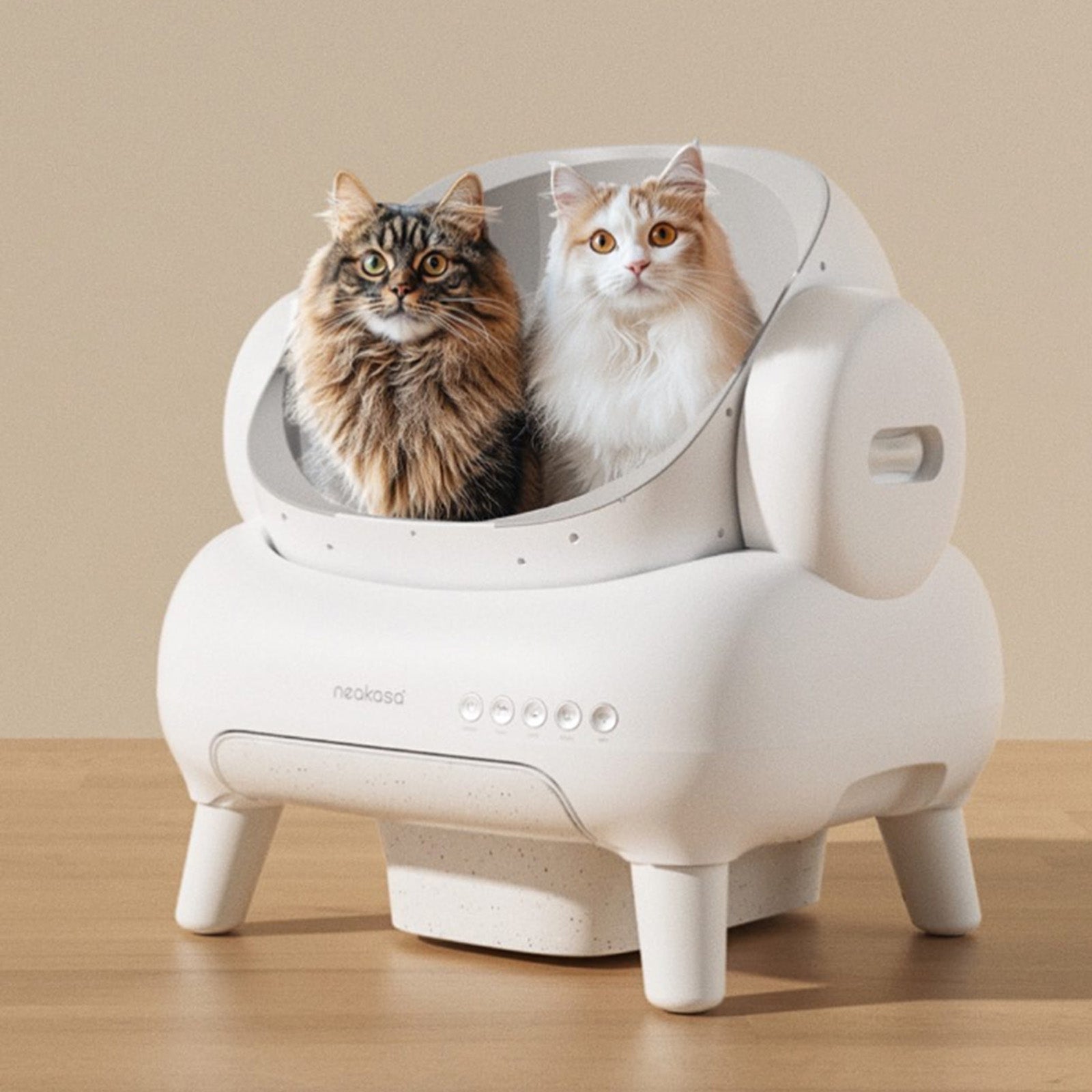
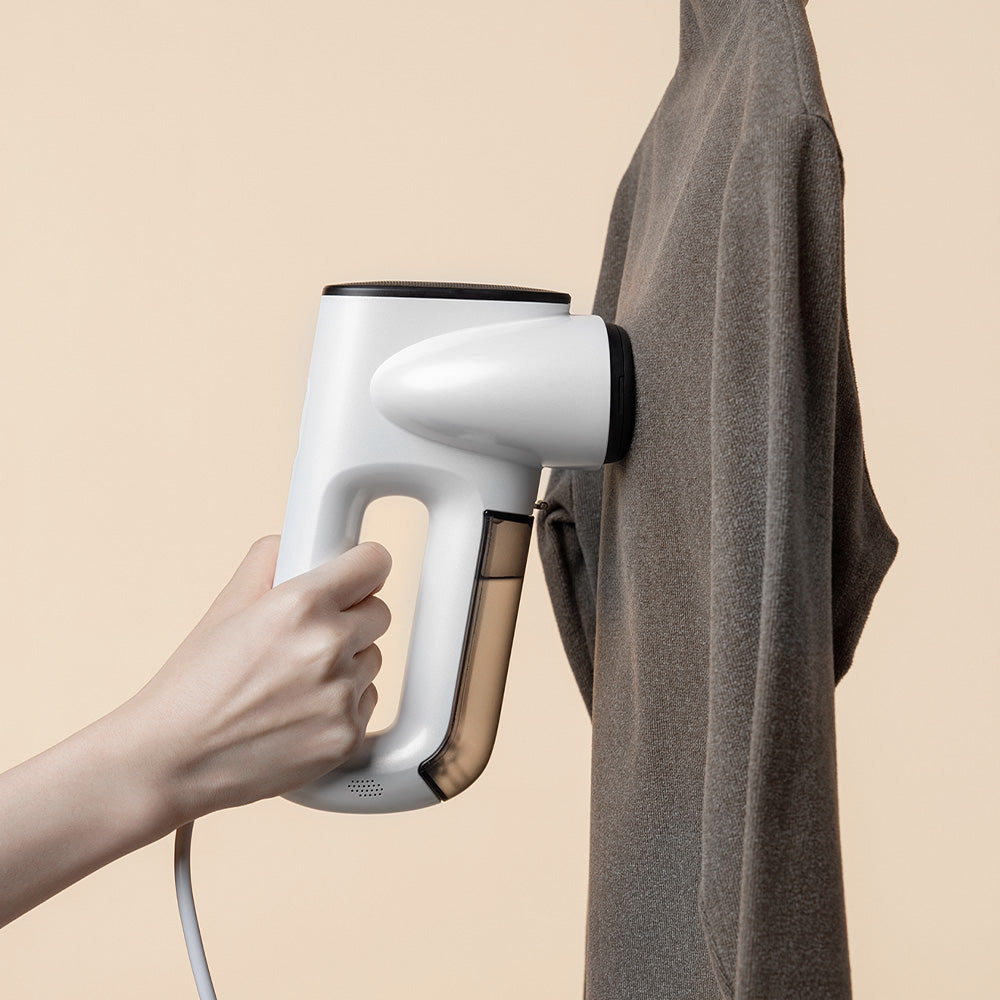
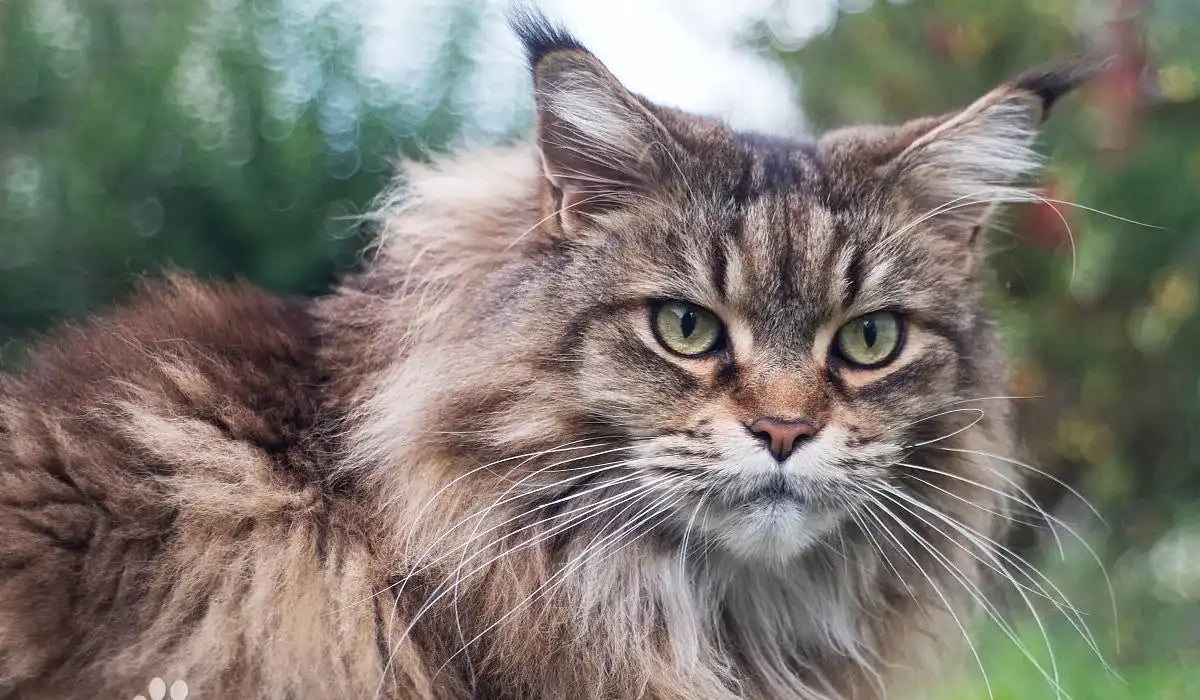

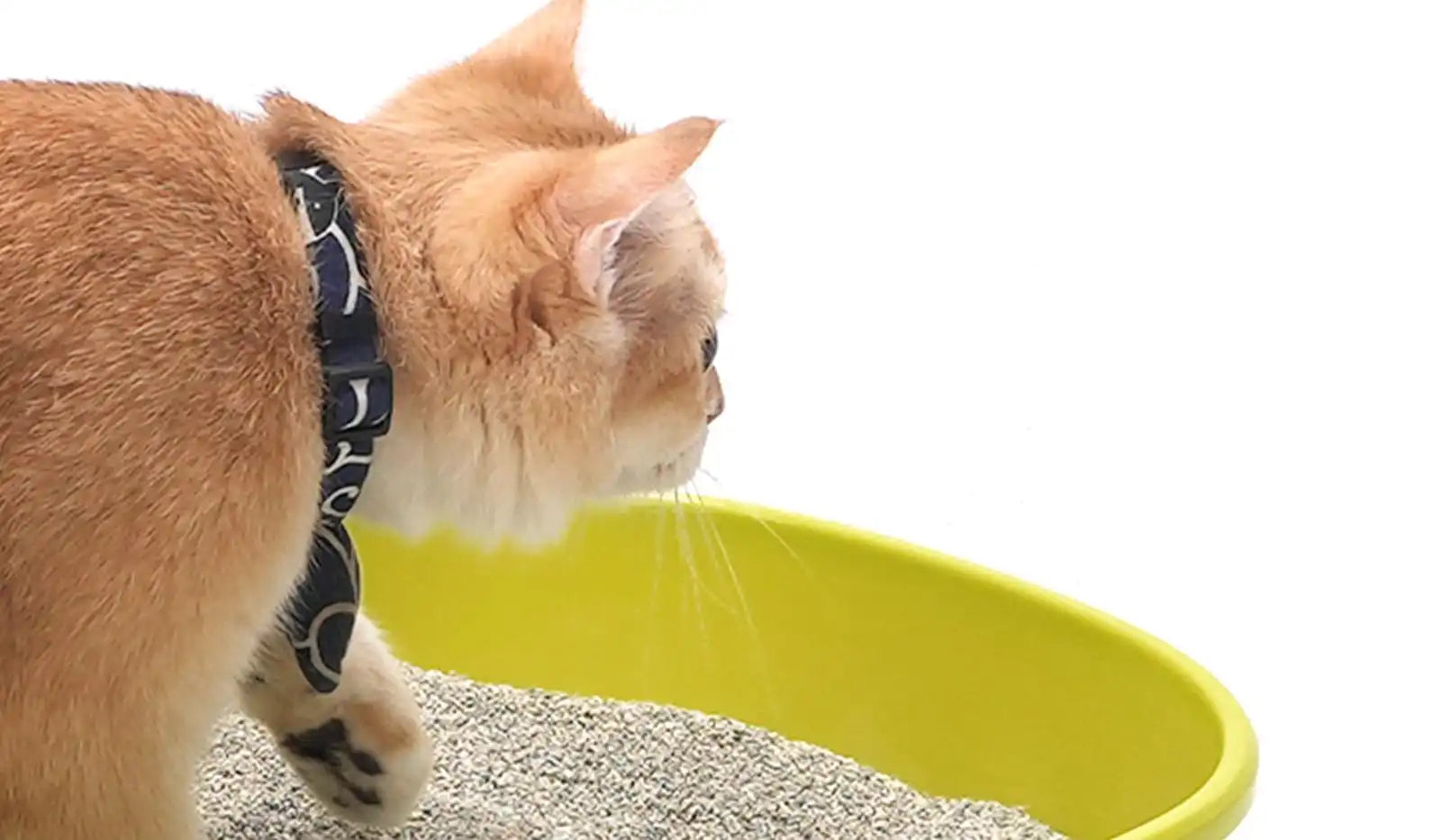
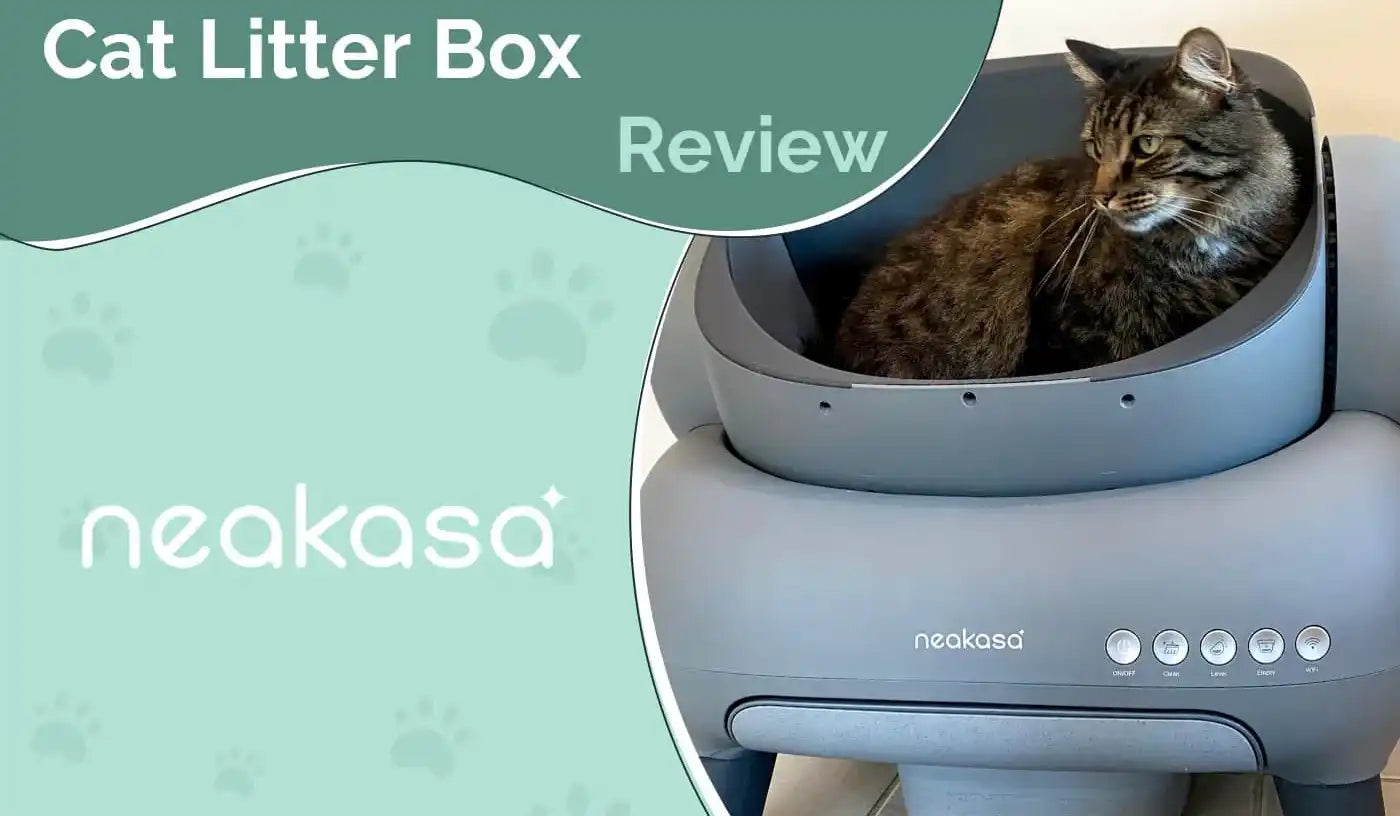
Leave a comment
This site is protected by hCaptcha and the hCaptcha Privacy Policy and Terms of Service apply.